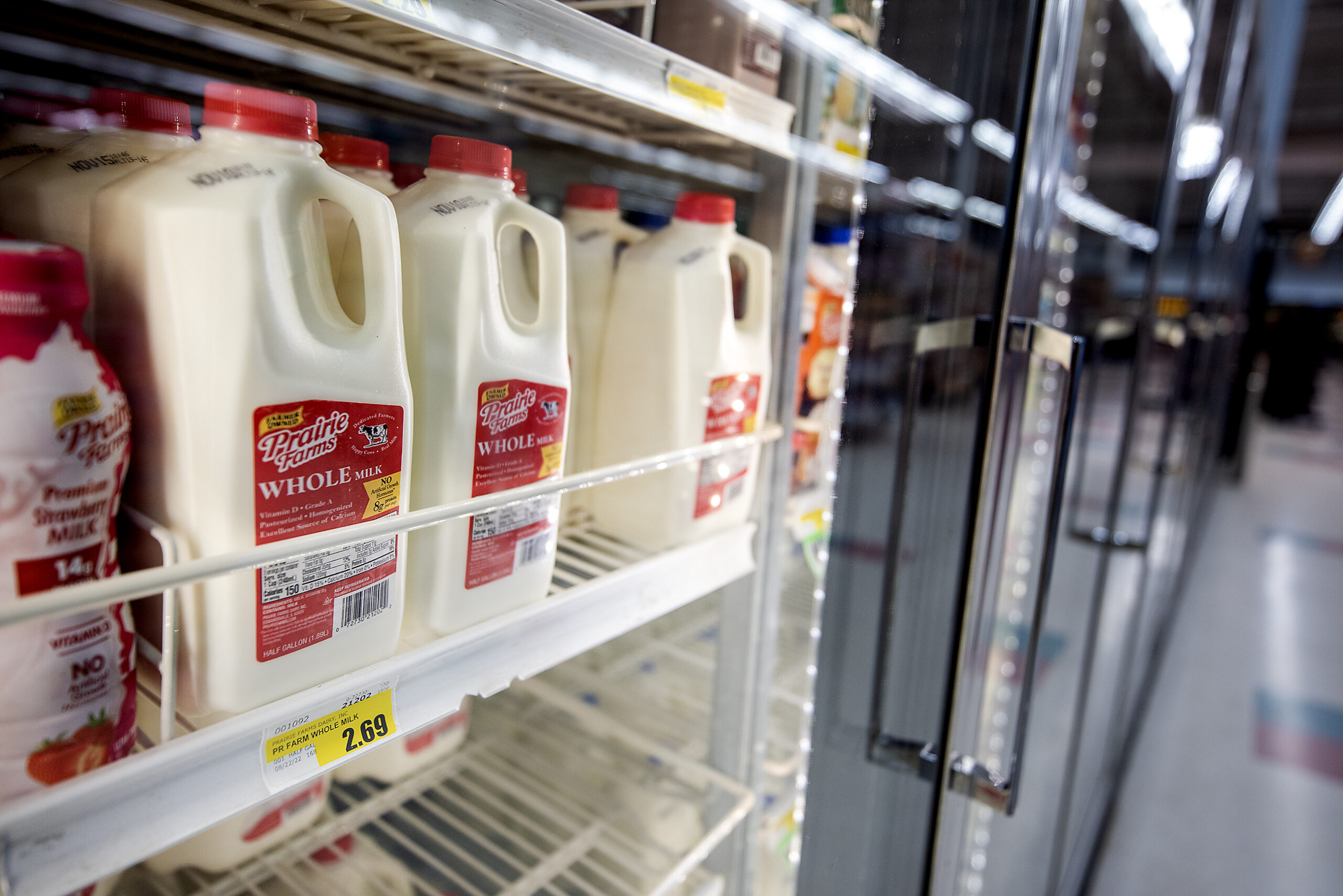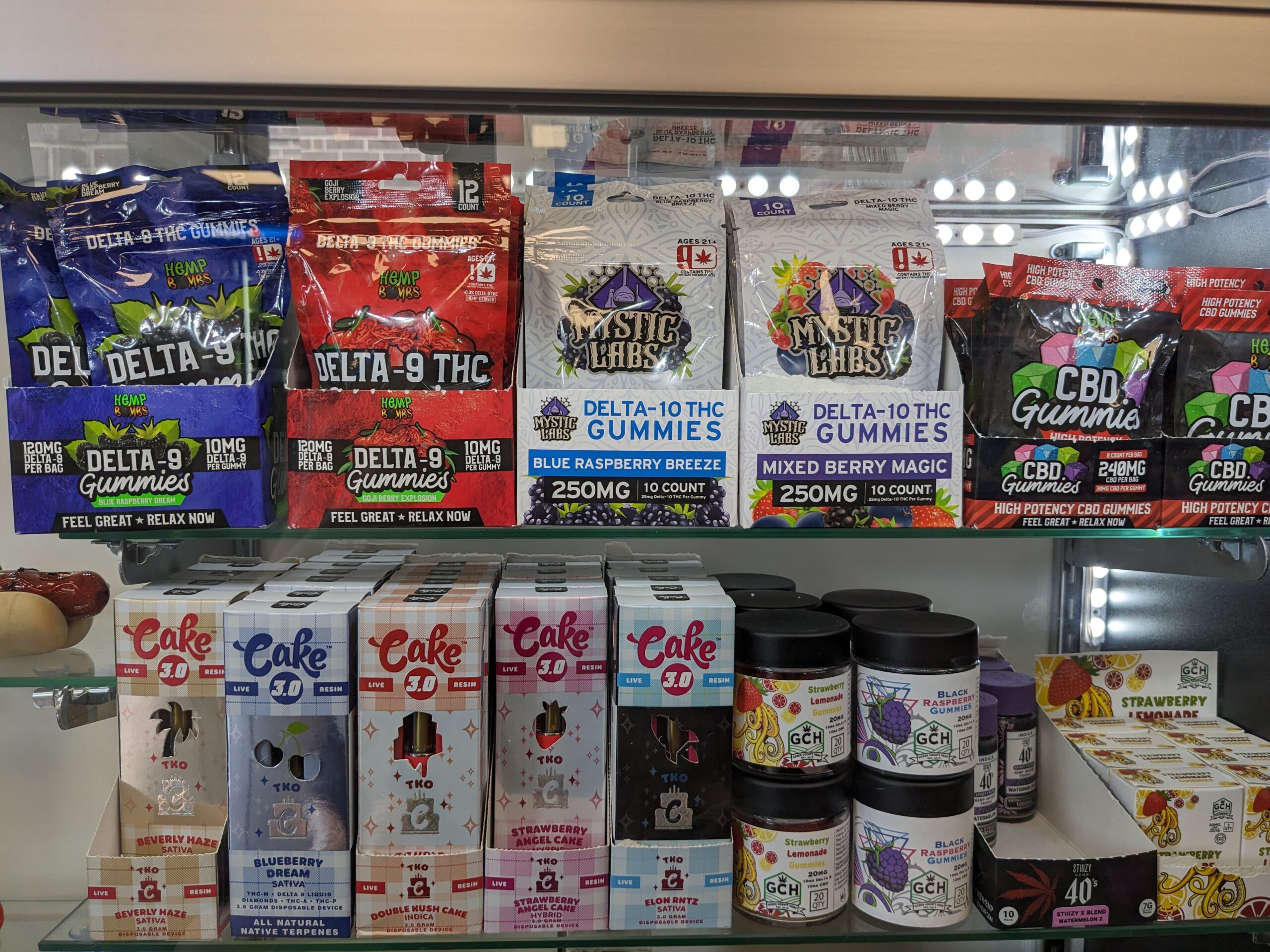Every year, butter sales across the country increase in November and December as more consumers turn to holiday baking and homemade meals.
Pete Kondrup, general manager of Westby Cooperative Creamery, said his organization plans to have a large inventory of butter on hand in anticipation of the seasonal bump.
But he said butter sales have been so strong throughout the pandemic this year that inventory is running low.
News with a little more humanity
WPR’s “Wisconsin Today” newsletter keeps you connected to the state you love without feeling overwhelmed. No paywall. No agenda. No corporate filter.
“We’re running pretty close on our butter stocks right now and we don’t anticipate catching up until after January,” Kondrup said.
Across the country, more consumers have been buying butter from grocery stores and other retailers this year.
From March to September, the latest month for which the U.S. Department of Agriculture has data, retail and commercial use of butter in the United States surpassed last year’s levels in five out of seven months.
“Pandemic cooking is a real thing,” said Mark Stephenson, head of dairy policy analysis at the University of Wisconsin-Madison. “Restaurants have used a lot of butter, but we’re seeing greater sales even going through retail now than we did the sum of retail and restaurants before that.”
Dairy processors in Wisconsin and across the U.S. have responded to the new demand. Total production of butter this year is six percent higher than it was in 2019.
Kondrup said the demand has more than made up for lost sales to restaurants and other food service markets for his creamery and other local processors.
Despite many people canceling or downsizing holiday gatherings, Kondrup said his business has seen the usual holiday surge in demand.
“We still had pretty good sales the weeks leading to Thanksgiving,” Kondrup said. “We anticipate pretty strong sales all the way through December.”
Stephenson said butter is not the only dairy product to see a boost thanks to more consumers being at home. He said milk sales have also been up for the first time in a decade, going against what he calls a “shockingly steady” decline over the last 10 years.
“As soon as we got the pandemic and people were staying at home, we couldn’t keep our store shelves filled with milk. You may remember that there were signs in many retail stores that said ‘Limit 1 per person,’” Stephenson said. “Our total sales of milk have actually ticked back up again since the April, May time period of the year and that’s swimming against a long, strong trend that we’ve had since 2010.”
Stephenson said milk sales saw a similar increase in 2009, when more families were eating at home during the Great Recession.
For cheese makers, the pandemic has been a mixed bag.
Stephenson said demand for mozzarella has remained strong, due in large part because of pizza restaurants.
“A lot of pizza was already sold as delivery or takeout and those sales increased because it was the one thing that the customers could do from home,” Stephenson said.
He said demand for American processed cheese, commonly used on fast food burgers, saw a major decline at the start of the pandemic and was one of the causes for farmers having to dump unsold milk.
For other dairy products, processors have had to change the way they’re packaging foods to keep up with consumer changes.
“When you ask the yogurt makers, they say that the volume of the product sales is still as high or where it was in the past. But we’ve completely changed what we’re buying,” Stephenson said. “We used to buy those little single serve packets, that’s the way we ate our breakfast on the run. And now consumers are buying the bigger tubs.”
Kondrup said Westby Cooperative Creamery has largely shifted their production of sour cream and cottage cheese for the food service industry to consumer-sized packaging.
“Our filler that runs all of that product is running almost around the clock. We’re really getting close to capacity on that some weeks,” Kondrup said.
Looking ahead to 2021, Kondrup said he doesn’t think the market will return to previous trends any time soon.
He said many of the grocery store chains and distributors he works with expect consumers to continue eating at home more often after the pandemic comes to an end.
Wisconsin Public Radio, © Copyright 2025, Board of Regents of the University of Wisconsin System and Wisconsin Educational Communications Board.







